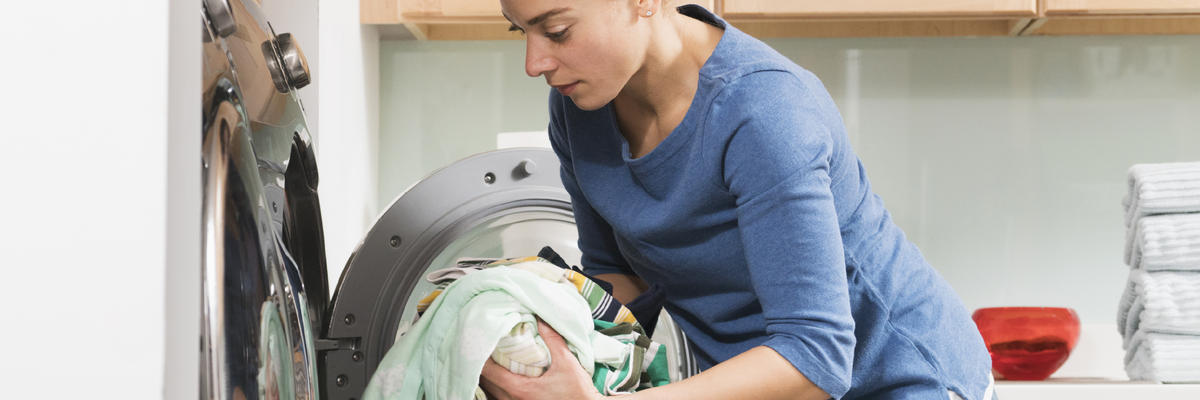
Women are still much more likely to have to do most of a couple’s housework and childcare
No progress has been made in the last four years
New YouGov data shows that in many couples cleaning, cooking and child rearing is still considered a woman’s work.
Two in five women who work full-time and have a partner (38%) say these tasks mostly fall on them, compared with only 9% of men in the same situation.
Around a fifth of men in full-time jobs with a significant other say their partner is responsible for housework (20%). Half of this group (10%) say their partner doesn’t work, while the other half say they do (10%).
Only 6% of working women who are in a relationship say their partner manages the domestic work. This includes 4% who say their significant other doesn’t work.
Around two fifths of women and men working full-time say they split the chores equally in their relationship at 39% vs 43%. This figure is higher than it is among all couples – meaning not just those in full-time work – of whom 30% of women and 37% of men say they have this arrangement.
The research shows there has not been any significant change since we last asked this question in 2017 in a study for The Economist. Looking at all people in a couple, 40% of women still manage housework and childcare.
The number of married or partnered men who insist they split the domestic workload equally with their partner also remains at 37%. Among women with a spouse or partner, this figure is now 30% (+4).

A quarter of single women expect to do the domestic work
Approaching half of people who are not in a relationship expect to share household and childcare responsibilities equally with a future partner. This includes 49% of men and 46% of women.
But nearly one in four single women (23%) say they would be responsible for the domestic work, while only 8% of single men share the same expectation for themselves.
Meanwhile, one in ten single men (10%) say their future partner should do the housework, compared with only 1% of single women.
About a quarter of single men (25%) and women (23%) are unsure.